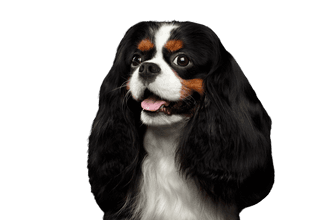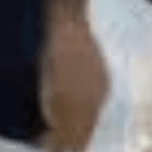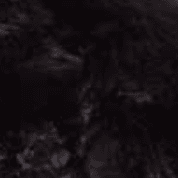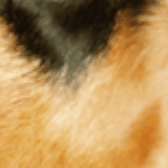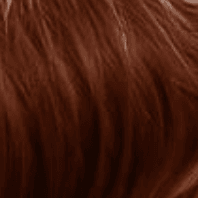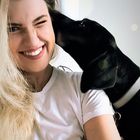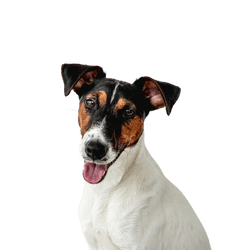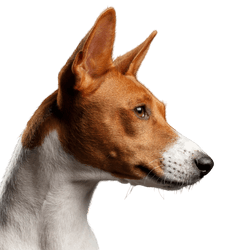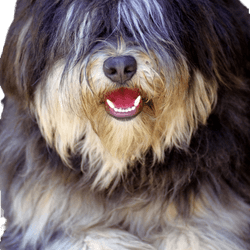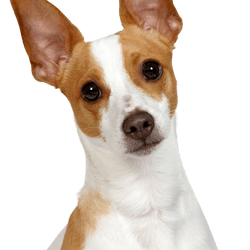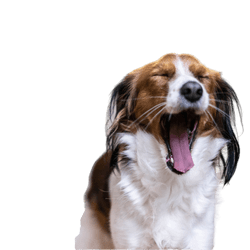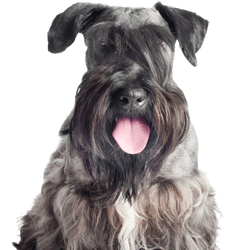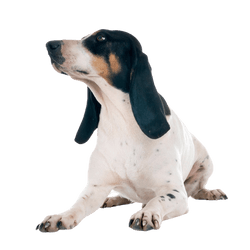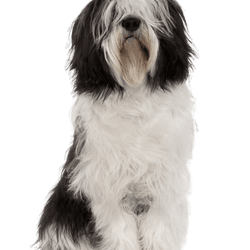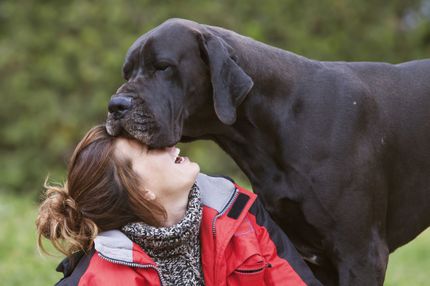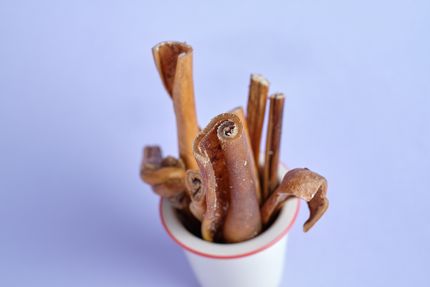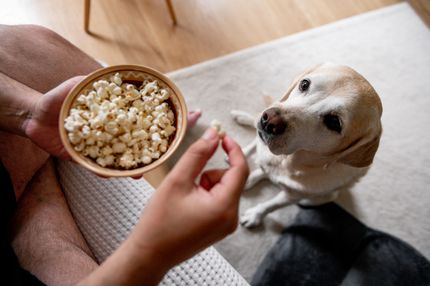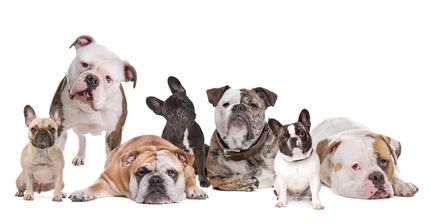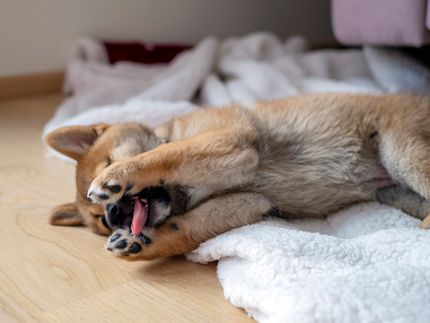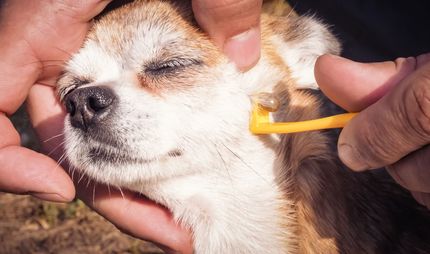Facts & Origin
Origin and history of the Cavalier King Charles Spaniel
The Cavalier King Charles Spaniel finds its origin in the 16th and 17th centuries at the court of King Charles, which is also where its name comes from. In paintings by Anthonis van Dyck, Cavalier Spaniels were depicted playing with children. The dogs were therefore considered the cuddly "friends of children".
Cavalier Spaniels were recorded in the Kennel Club Stud Book in 1892, but at that time they had shorter muzzles than is common today. Their breeding changed with the crossbreeding of the Japan Chin. The dogs' muzzles became shorter and finally the long-nosed variety was recognized as an independent breed in 1945. Ten years later, the final recognition by the FCI also took place, although it was not until 2008 that an agreement was reached regarding the official breed standards. The additional name "Cavalier" was added when Charles I's troops in the English Civil War were called Cavaliers in 1642.
Cavalier King Charles Spaniel vs. King Charles Spaniel
The Cavalier King Charles Spaniel should not be confused with the King Charles Spaniel. They are recognized by the FCI as two distinct breeds.
The Cavalier King Charles Spaniel is actually the further breeding of the King Charles Spaniel: the biggest difference here is the back-bred, longer nose as well as the higher weight of the Cavalier King Charles Spaniel.
Suitability and attitude
Whether as a companion in the city, of seniors, families or dog beginners: The Cavalier King Charles Spaniel is always to a pleasant companion dog. But he is also good and happy for dog sports, which are suitable for smaller dogs.
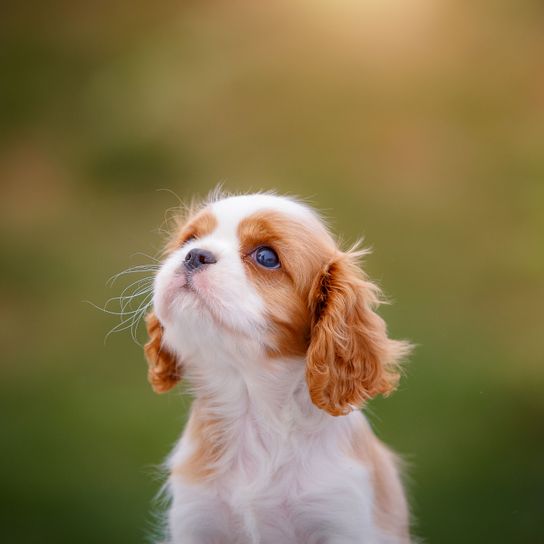
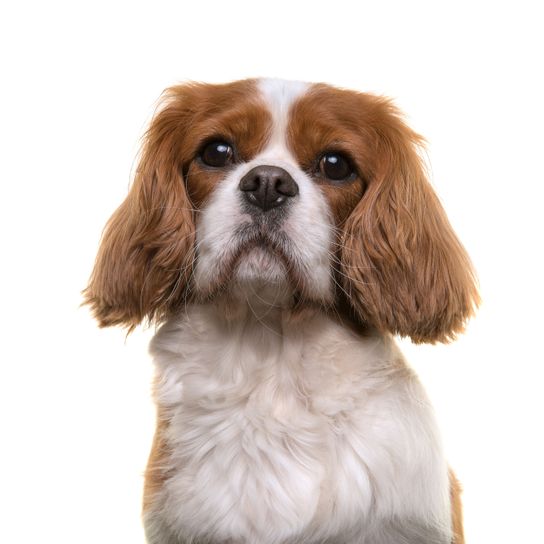
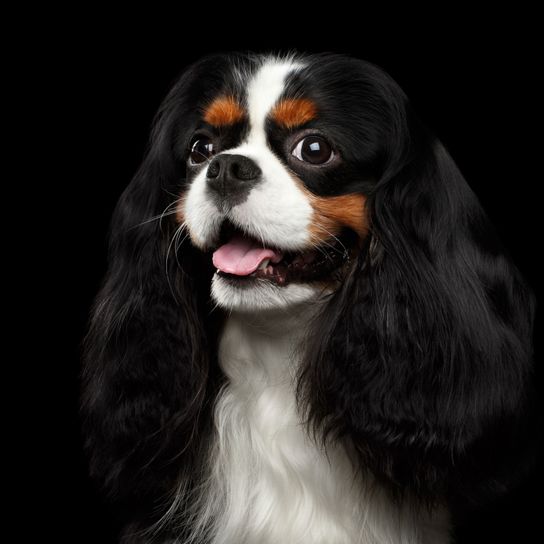
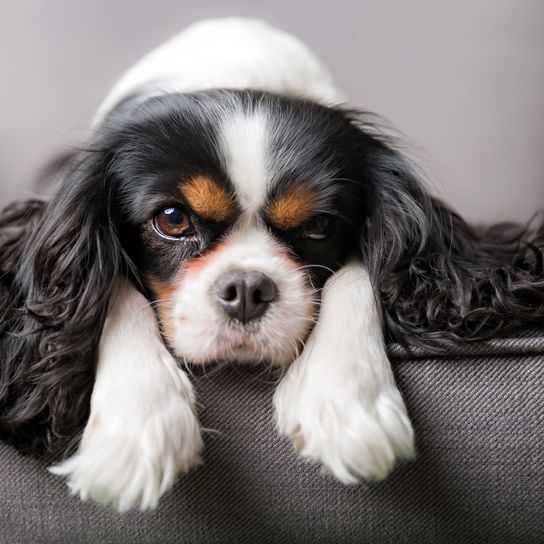
| Alternate Name | Cavalier Spaniel |
| Origin | England |
| Life expectancy | 9 - 14 years |
| Care requirements | low-maintenance |
| Activity level | average |
| FCI group | English Toy Spaniels |
| AKC group | Toy Group |
| KC group | Toy Group |
Cavalier King Charles Spaniel mixes
Attitude, character and temperament of the breed
Typical character traits of the Cavalier King Charles Spaniel
If you own a Cavalier Spaniel yourself, you know how cuddly and affectionate these little darlings can be. The small Spaniel is as good a choice for beginners and older people as it is for experienced dog owners who would like a stress-resistant and gentle dog. Most noticeably, even Cavalier Spaniel puppies are already enthusiastic about approaching strangers and exploring the neighborhood. So if you are looking for an active, happy and affectionate dog, you should buy a Cavalier Spaniel.
Attitude and employment possibilities
Even though the small Spaniel is a cuddly monster, you should make sure that it gets enough exercise. These enthusiastic Spaniels love to explore and are a bit headstrong. Apart from their sweet nature, the dogs are also exceedingly intelligent. They have a high level of comprehension and will always try to act in your best interest as the owner.
Cavalier King Charles Spaniels learn very quickly and find fun in intelligence games for dogs. They also have great fun in dog sports, such as agility or DogDancing. If you would like to train with your dog and take companion dog tests, this Spaniel is also good for you.
Education of the Cavalier King Charles Spaniel
When raising Cavaliers, patience and trust is usually a necessary foundation. The small Spaniels have their own head and like to test their limits. However, they are still very obedient after some time and carry out commands with great pleasure. It is important that you give clear but calm commands, as these dogs can often be sensitive to a too harsh and rough tone.
Usage
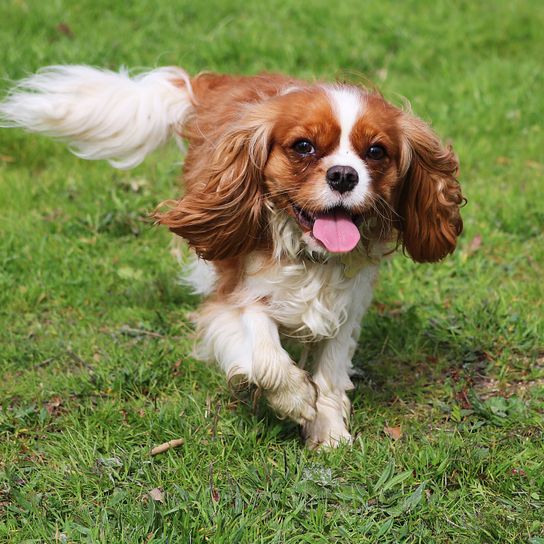
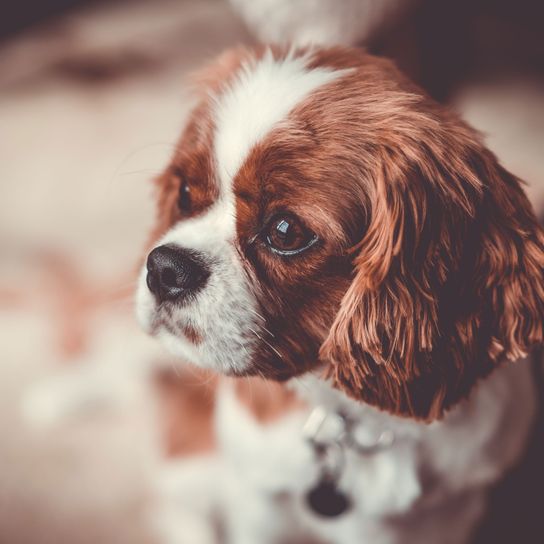
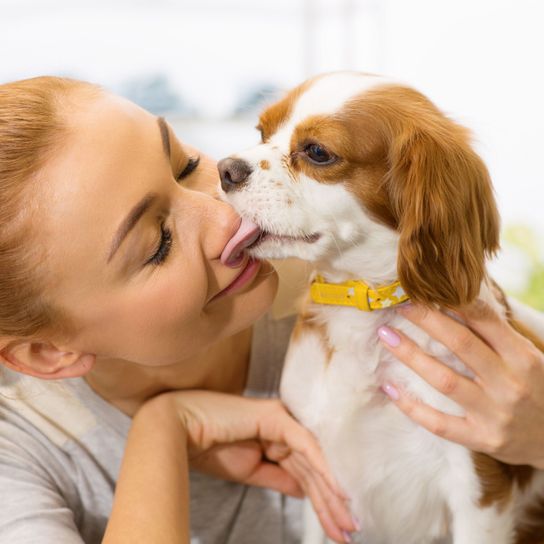
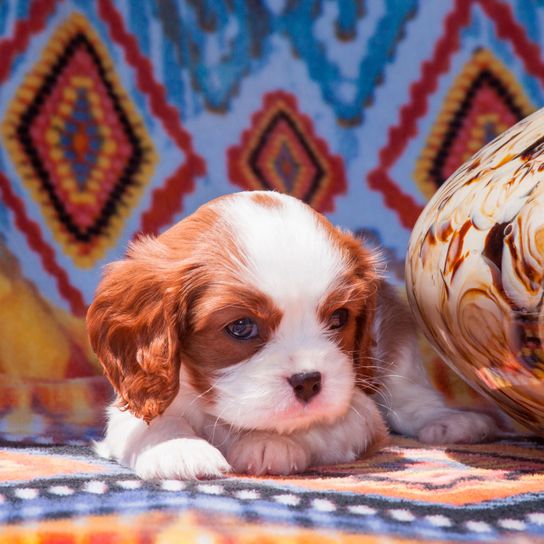
Typical diseases of the Cavalier King Charles Spaniel
Unfortunately, the Cavalier Spaniel is affected by a variety of hereditary diseases. Some of them even have a fatal outcome, because they are not curable. Here you can find a list of possible hereditary diseases:
- Mitral-Valve-Disease (malfunction of the heart valves)
- Episodic Fall Syndrome, Syringomylelie or CM (nerve diseases)
- Further Curly Dry Eye Syndrome (eye disease)
- Problems with the kneecaps (patella)
- High allergy risk (often intolerance to food, shampoos or plants)
Health maintenance
Cavalier King Charles Spaniels are basically very easy to care for. However, since most Spaniels are very voracious, attention should be paid to a balanced diet of high nutritional value. Because of the breed's longer coat, you should also be sure to brush your Spaniel every other day - a daily grooming routine is also recommended.
If your Spaniel is not brushed for a long time, he may need to be clipped in the worst case. The coat of all Spaniel types tangles very quickly, however, it is also incredibly silky and soft with regular grooming. For coat care, a comb and an ordinary dog brush is a good basis. If necessary, the Cavalier Spaniel can also be bathed, but this should not be frequent, nor is it mandatory.
In addition, the long floppy ears of the Cavalier King Charles Spaniel are quite susceptible to ear infections. For this reason, you should check your dog's ears regularly and remove any dirt residue after a walk.
Cavalier King Charles Spaniel breeding and purchase
If you want to buy a Cavalier King Charles Spaniel puppy, you have to calculate with about 1000 Euro. It is important to look for a reputable breeder to avoid serious health problems later on and to promote a healthy breeding for the future.


Breed Characteristics of the Cavalier King Charles Spaniel
The Cavalier King Charles Spaniel is classified as Group 9 (Companion and Society Dogs), Section 7 (English Society Spaniels). As a typical companion dog, it is not required to pass a working test.
Size and gait
It is interesting to note that the breed standard only specifies a weight of 5.5 to about 8kg. In general, however, he reaches a height of 30-33cm. Despite his low height, he has a free and elegant movement with a lot of thrust from the hindquarters. The front and hind legs move parallel to each other seen from the front or from behind.
The head & muzzle
The skull between the ears should be flat, as should the stop.
The nose of the Cavalier King Charles Spaniel should be black and well developed, without flesh colored markings. The tapering length of the muzzle, which is well developed but without drooping flews, is equal to approximately 3.8cm from stop to tip of nose. Any sign of a weak, pointed muzzle is undesirable. The area under the eyes should be well filled.
The Cavalier King Charles Spaniel typically has a scissor bite, with the upper incisors closely overlapping the lower and the teeth set square to the jaws.
The Eyes & Ears
This breed of dog has relatively large and dark eyes that are round but not prominent and set well apart.
The long ears are set high with abundant feathering.
The rump
The neck of this dog breed is slightly arched, the back for it straight and the loins short-closed. The Cavalier King Charles Spaniel should have well sprung ribs.
The tail
The length of the tail in a breed specimen is in harmony with the conformation. Well set, it is carried amusingly but never significantly above the topline. Tail docking was formerly permitted, but by no more than one-third.
The limbs
This breed of dog has medium bone strength. The shoulder is well laid back, the stifle joint is well angulated. There should be no signs of cow-hocking or over-angulation through the hock joint.
Both the front and hind feet are compact, padded and well feathered.
The coat
The coat of the Cavalier King Charles Spaniel, which according to the breed standard should not be trimmed, is long, silky and without curl. However, a slight curl is permitted. Lush feathering is also characteristic.
The following colors are recognized according to the FCI breed standard:
- Black and Tan: Equivalent to raven black with tan markings over the eyes, on the cheeks, on the inside of the ears, on the chest, on the legs and on the underside of the tail. The tan color should be bright, but white patches are undesirable.
- Ruby: Denotes a solid deep red coloration. White spots are also undesirable.
- Blenheim: Are well interrupted, intense chestnut red markings on a pearl white base color. The markings are evenly distributed on the head, leaving sufficient space for the much appreciated "lozenge spot" (a unique characteristic of this breed).
- Tricolour: This refers to a well-distributed and well-interrupted black and white with tan markings over the eyes, on the cheeks, on the inside of the ears, on the inside of the legs and on the underside of the tail.
| Fur length | medium |
| Fur | flat coated |
| Ear shape | Floppy Ear |
| Tail | fanned out |
| Anatomy | - |
| Size ♀ | 30 - 33 cm |
| Weight ♀ | 6 - 8 kg |
| Size ♂ | 30 - 33 cm |
| Weight ♂ | 6 - 8 kg |
| Suitable For | Beginner, Children |
Colors



Known Diseases
Kidney disease
Symptoms of kidney disease in dogs: increased urination (polyuria) increased water intake. Inflammation of the mucous membrane of the mouth. Loss of appetite
valvular insufficiency
Heart valve diseases in dogs are among the most common heart diseases. Most often it is an acquired change in a heart valve.
Mitral Valve Diseas (MVD)
Mitral valve disease in animals and dogs, respectively
Curly Coat Dry Eye
Eye disease in dogs.
FAQ
-
A Cavalier Spaniel can stay alone for a maximum of up to 5 hours.
-
Yes, a Cavalier King Charles Spaniel needs to be sheared regularly.
-
- American Cocker Spaniel
- American Water Spaniel
- Boykin Span iel
- Clumber Spaniel
- English Cocker Spaniel
- English Springer Spaniel
- Field Span iel
- Continental Dwarf Spaniel
Despite the name not a spaniel:
- Tibetan Spaniel
- Epagneul Français
- Epagneul Picard
- Epagneul Bleu de Picardie
- Brittany spaniel
-
A Cavalier Spaniel costs about 2000 euros.
-
No, they are two different breeds.
-
The main difference between these breeds is the longer muzzle as well as the heavier weight of the Cavalier King Charles Spaniel.
-
Yes, the Cavalier King Charles Spaniel is a beginner dog.
-
Yes, the Cavalier King Charles Spaniel is suitable for seniors.
-
Yes, the Cavalier King Charles Spaniel can be suitable for the city.
